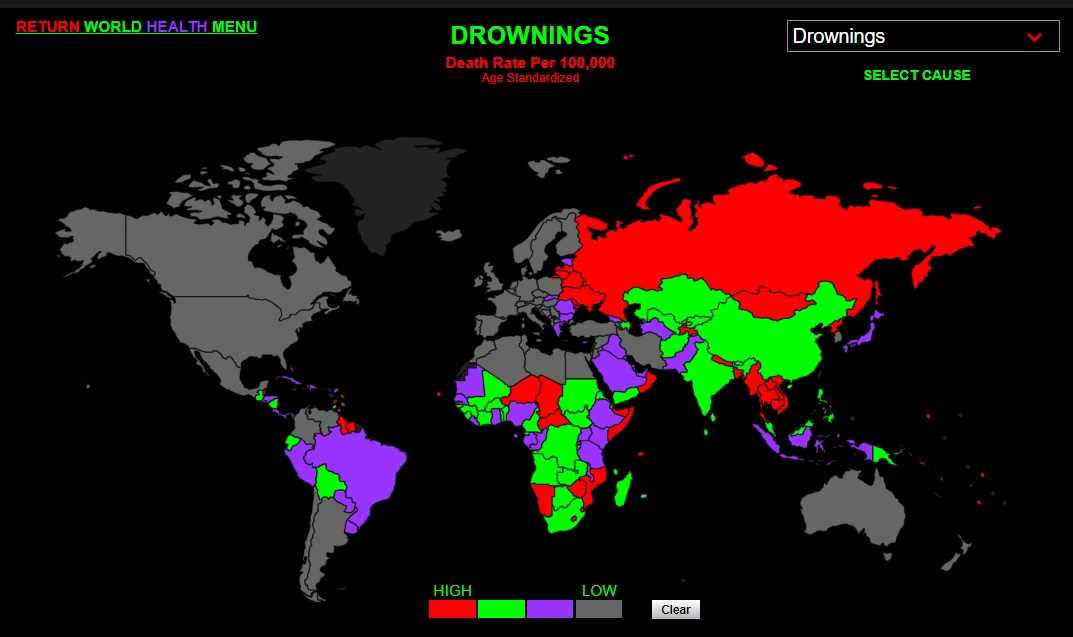
Patience Muchemwa
The lowering skies bring hope for a bumper harvest and water for most Mabvuku residents.
But for Advance Chimwayange, they mark a period when anxiety will be a companion every weekday as she waits for her son to return from Tsinhirano Primary School.
Chamwayange is one of dozens of parents who live in Caledonia whose children risk drowning twice each school day as they cross a stream to get to schools in Mabvuku, Tafara and Zimre Park.
The stream emerges from the sewage dams in Old Tafara and stretches down to Ruwa area.
There are also school kids who cross over from Mabvuku and Tafara daily to access private schools in Caledonia, which are cheaper than those in their residential areas.
“The council should install a bridge because honestly our kids are not safe here,” Chimwayange told Zim Now.
Cases of school kids drowning en route to or from school have been reported over the years. In June this year, three student at Chinehasha Secondary School in Chiweshe drowned when the canoe they were using to cross Ruya River on their way to school capsized.
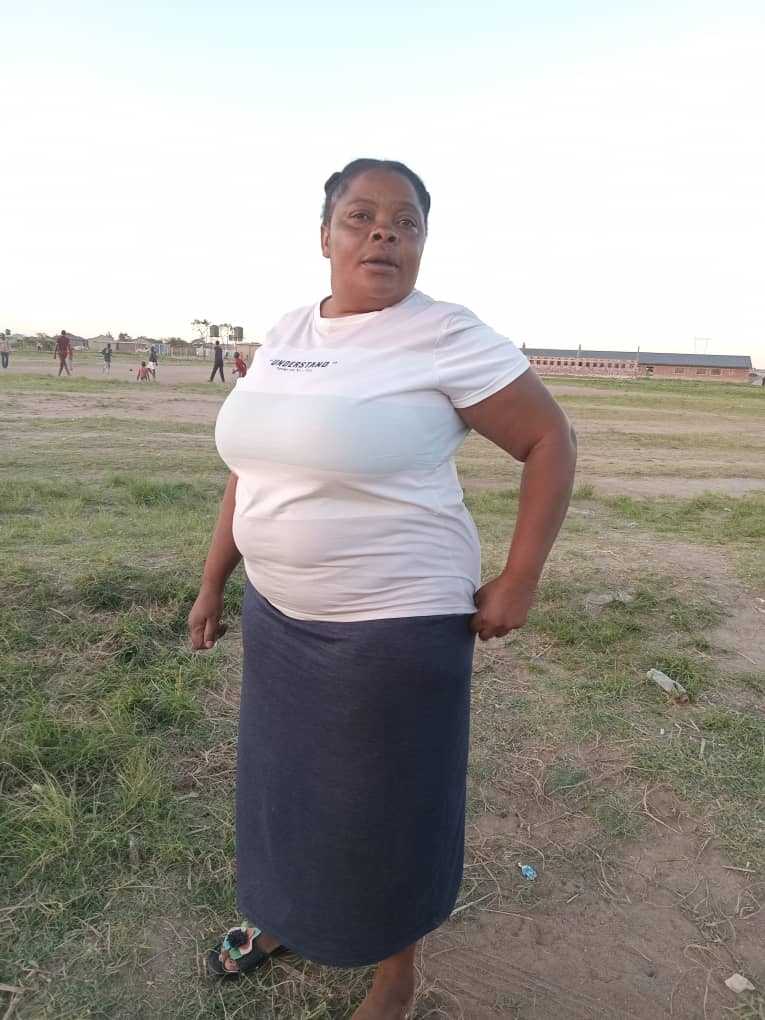
Marceline Isa, parent to a learner at Tafara 1 High School said a bridge is needed urgently.
“My son likes to experiment a lot, I am afraid he might want to cross the stream whilst it is flooded.
Caledonia is a densely populated area, which is underdeveloped in terms of infrastructure and basic amenities.
A regional problem
World Health Statistics show that southern Africa as a region has a high incidence of fatalities through unintentional drowning.
A study of fatal drowning indicate that the average number of fatal drowning per annum is 1477 in South Africa, with an average drowning rate of 2.54 per 100,000 population for the period 2016 to 2021.
Malawian media reported two children belonging to the same family drowning in Thondwe River in Zomba District on the 8th of this month in the village of Savula chief Jari.
For the year 2020 Drowning Deaths in Zambia reached 689 cases.
Related Stories
https://www.worldlifeexpectancy.com/ ranks Lesotho number 7, Eswatini, 8 and Zimbabwe 14 on countries with the highest death rates as a result of unintentional drowning.
Low-and-middle-income countries are the most affected by drowning, as they carry 90% of the global drowning burden.
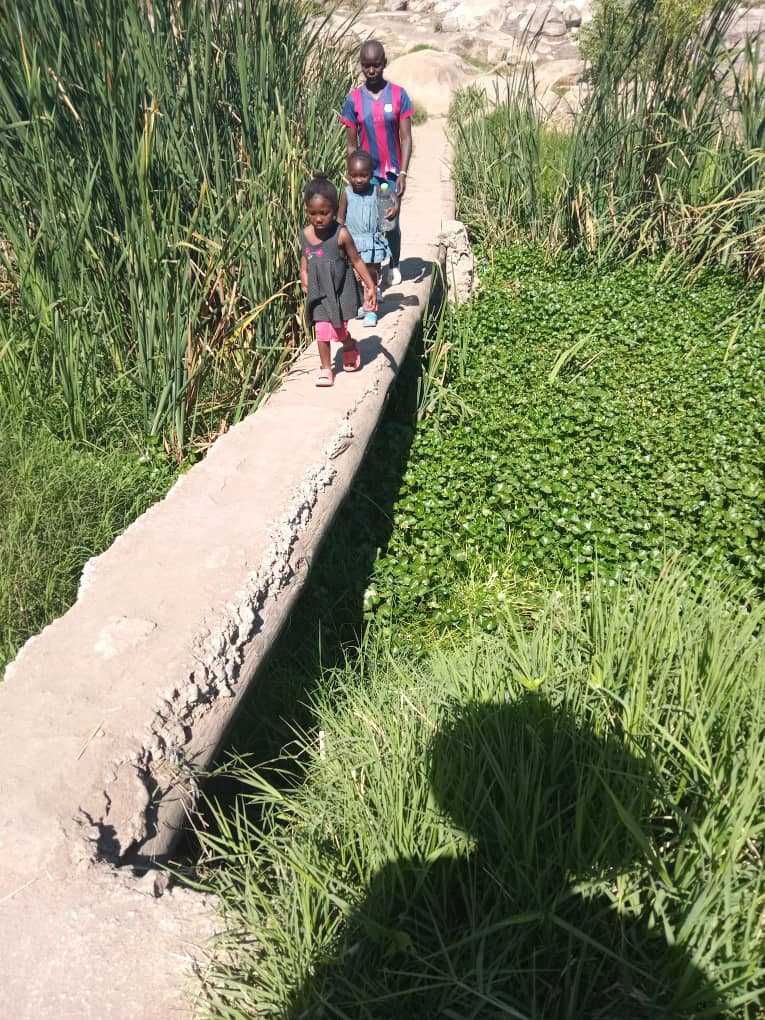
While the Southern Africa Development Committee has a masterplan on Infrastructure Development in Support of Regional Integration, there is no clear roadmap for localised development to hold leaders to account.
Authorities say they will fix the problem
Ward representative Councillor Peter Muchapupira said that this is one of the many challenges that the area is facing.
“We have only been in office for two months in office and the situation has been like this so long. This area needs roads and schools in order to avoid such hazards. There is also much land degradation. But as a council we hope we will solve it,” said Clr Muchapupira.
He said they had brought the matter to the attention of the City of Harare, which has jurisdiction over Tafara and Mabvuku.
Harare City Council Head Corporate Communications, Stanley Gama told Zim Now that the city fathers are aware of the challenge and it would be addressed without giving timelines.
“Council has taken note of the matter and the relevant department will move in as soon as possible and attend to the issue,” said Gama.
Solution within the community
Further along the same stream, parents with children who go to Zimre Primary School and Green Olive came up with an idea of constructing a makeshift bridge using wooden poles and concrete to make it easy for the children to cross during rain seasons.
“We contributed US$1 per house hold to buy wooden poles, cement and some stones for the construction of the wooden bridge,” said Shamiso Chimutere whose child is at Zimre Park Primary School.
A Caledonia resident who declined to be named said while the makeshift bridge is at best a temporary solution, it serves purpose and will save lives this rainy season.
She said communities should come together and create such structures while pushing local authorities to build proper infrastructure.
“We all want good roads and real bridges. We want schools and hospitals, clinics with enough medical supplies. But at the same time, we should also do what we can to save lives. So we must join hands as a community and build another foot bridge to save our children from drowning,” she said.

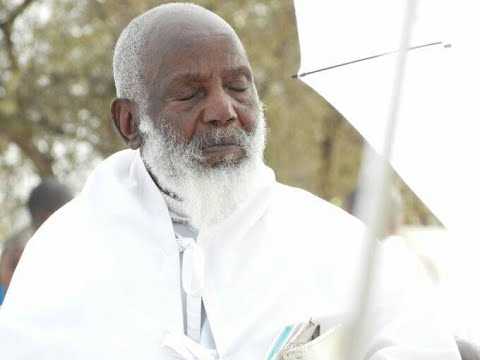

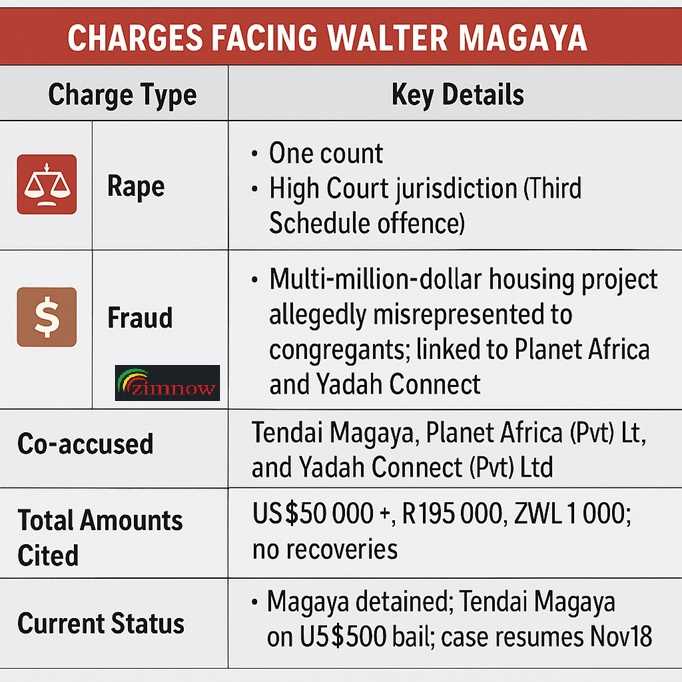
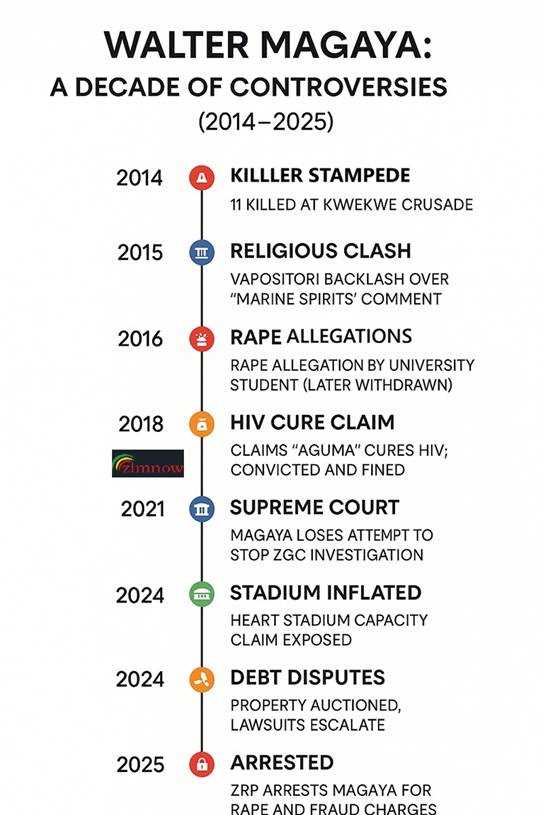
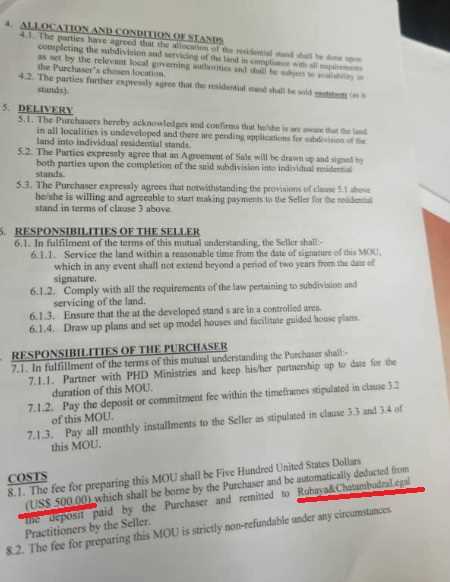

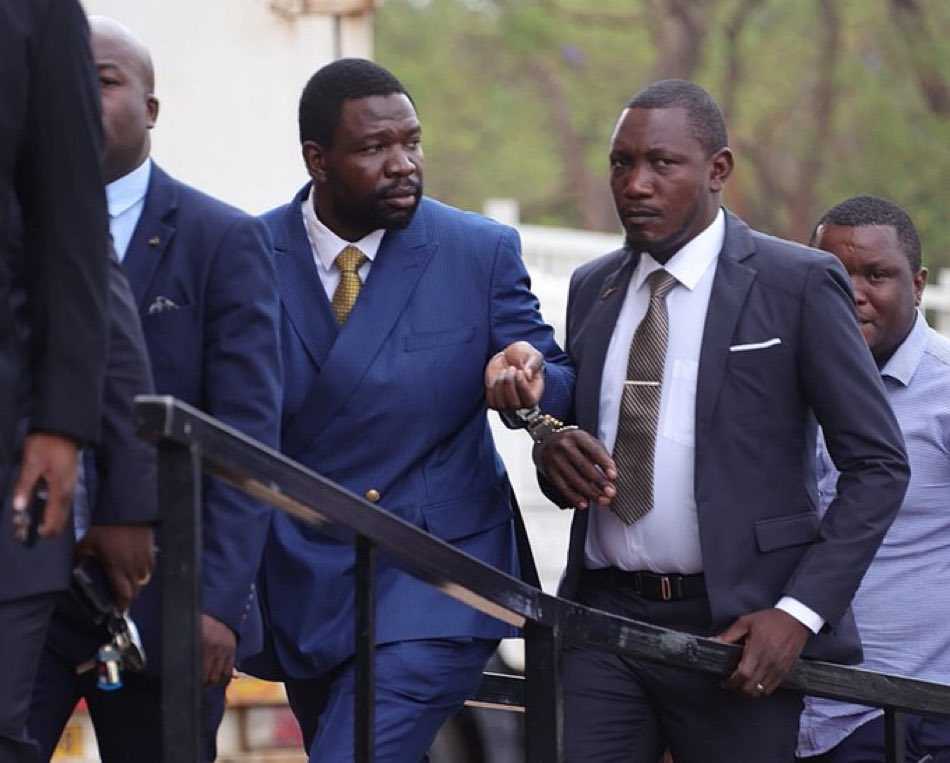



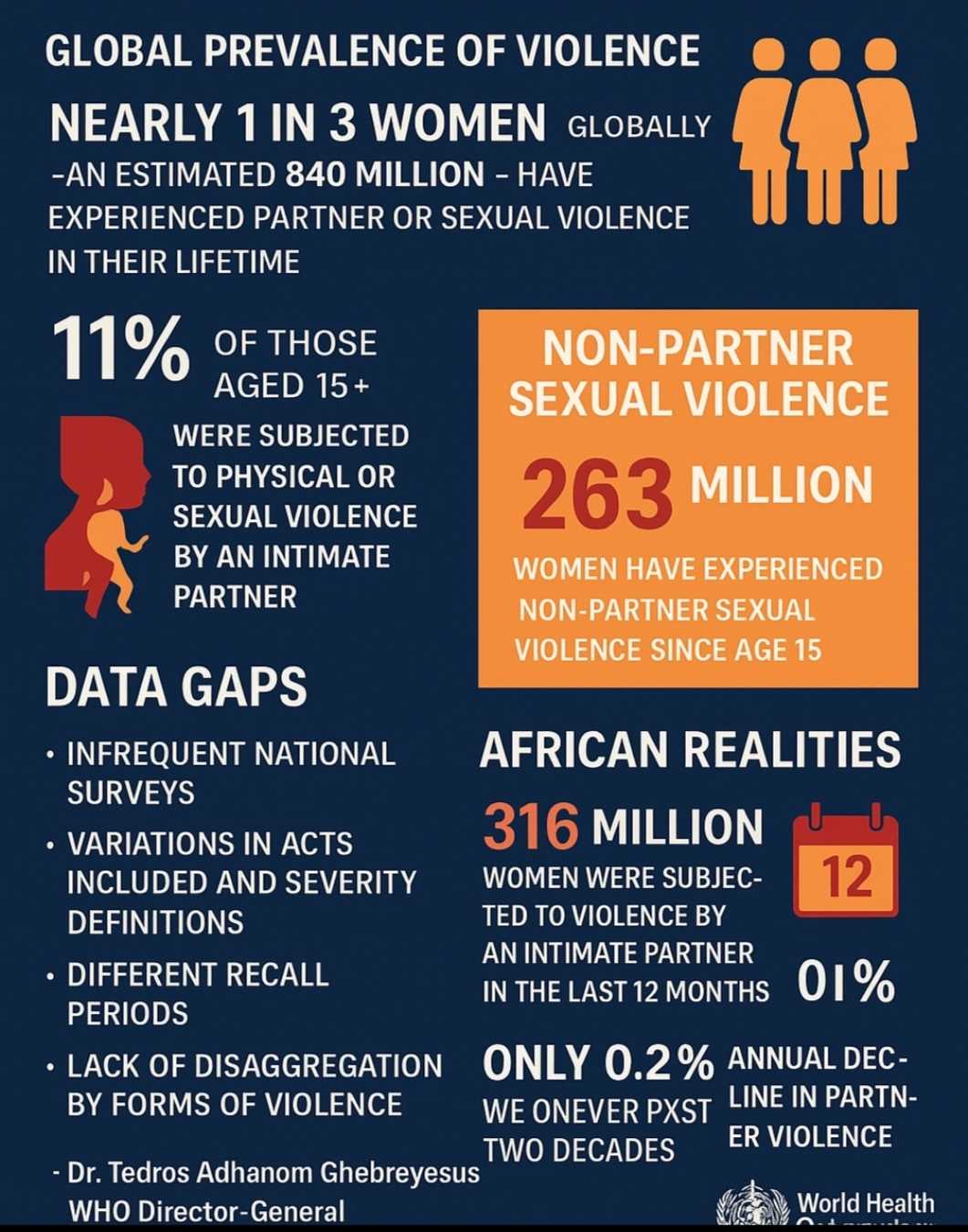




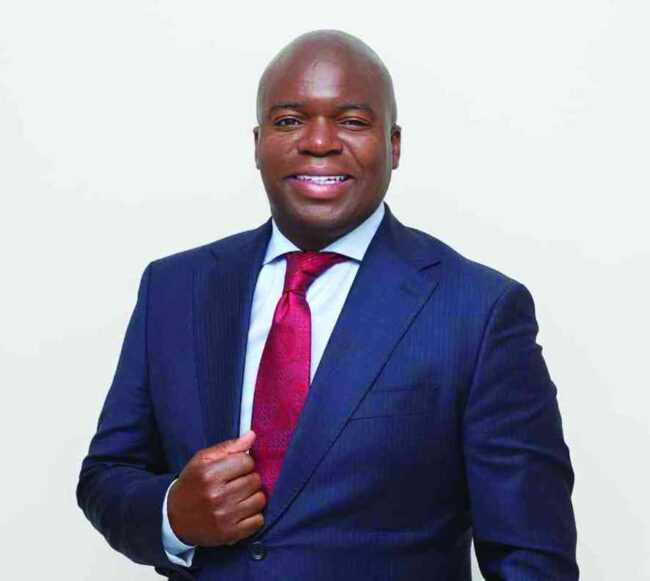
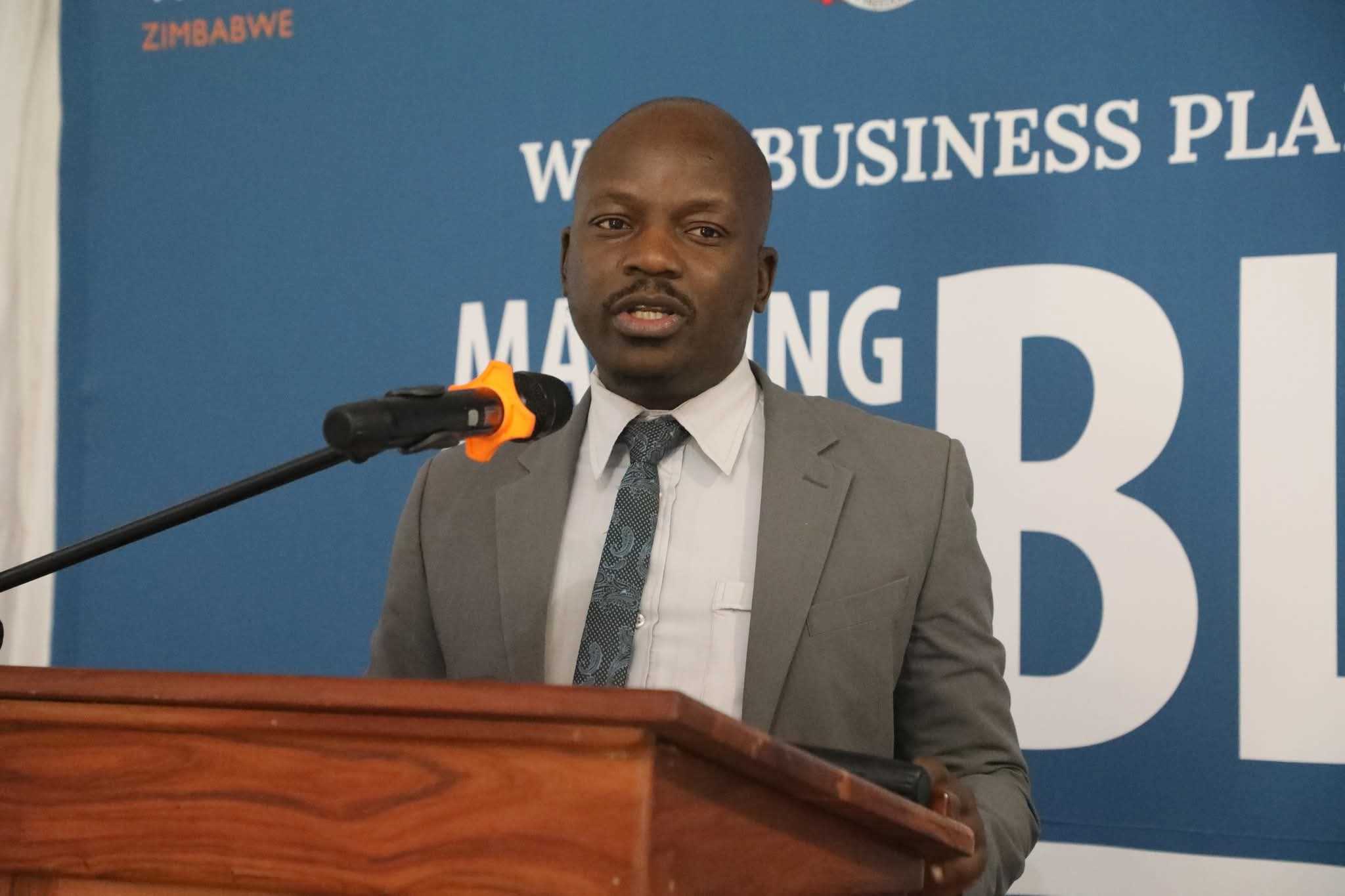


Leave Comments